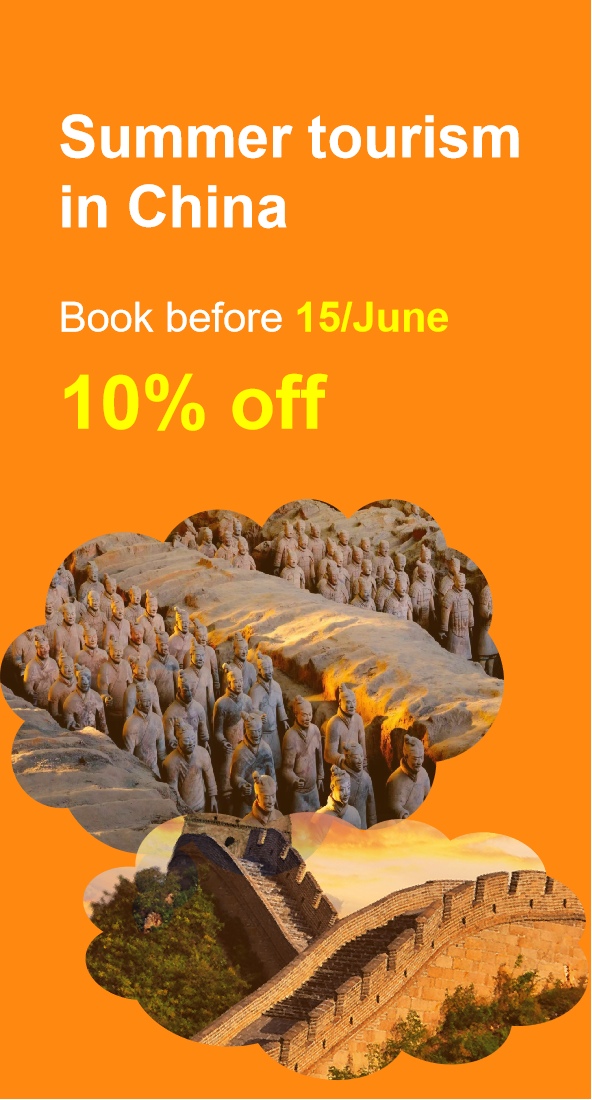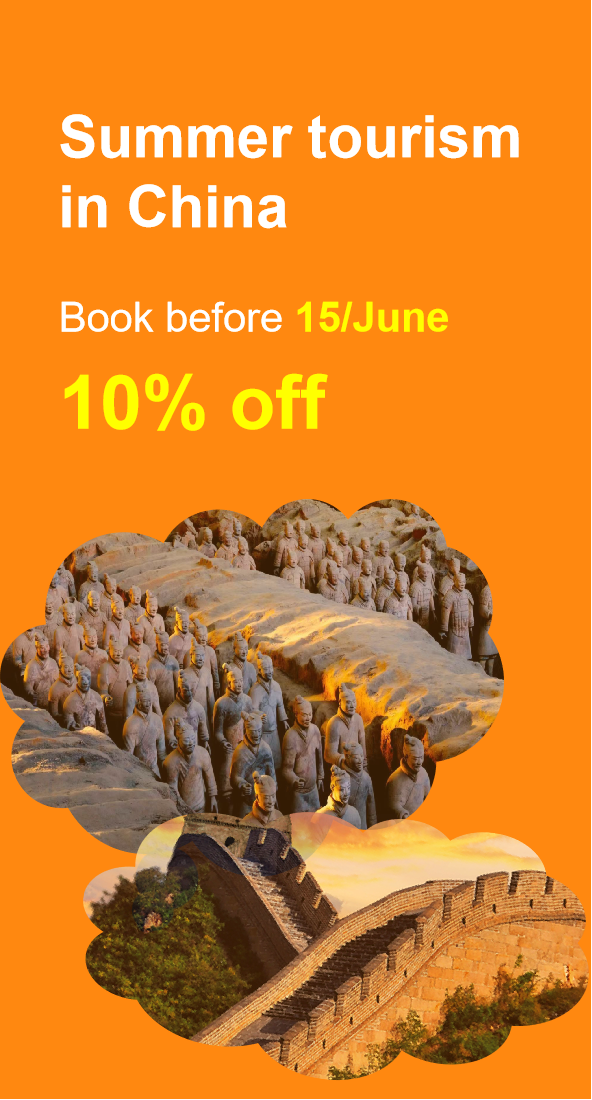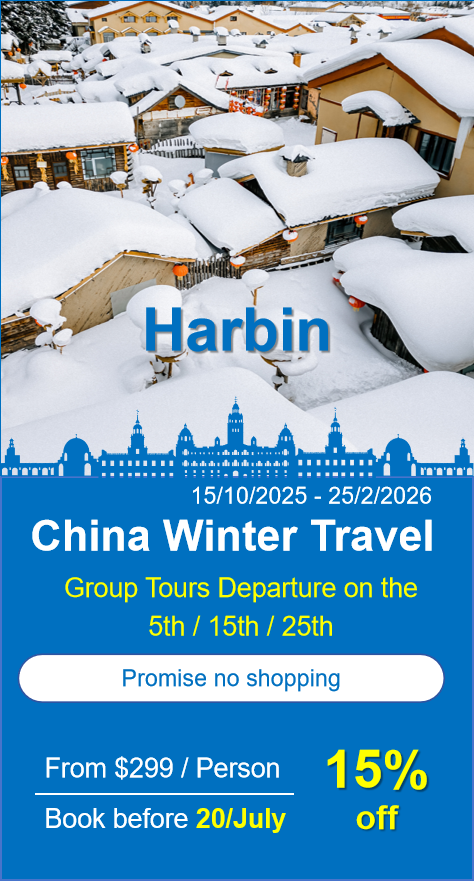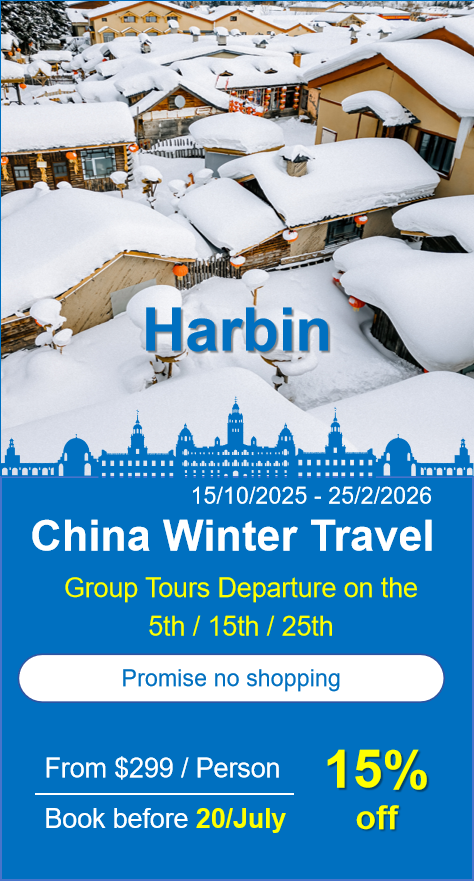Peking Opera
China Opera
Chinese Opera: A Timeless Cultural Treasure
Chinese Opera, or Xiqu (戏曲), is a multifaceted performing art that integrates music, vocal performance, mime, dance, and acrobatics into a single, cohesive expression.
Unlike Western opera, which prioritizes vocal prowess and orchestral accompaniment, Chinese Opera emphasizes symbolic gesture, stylized movement, and ritualized aesthetics to convey narratives. Every element—from the vibrant costumes and elaborate makeup to the percussion-driven music and poetic dialogue—serves as a visual and auditory language. Audiences decode meanings through conventions like colored facial makeup (indicating character traits), sleeves flips (expressing emotions), and stage props (such as fans or horseswhips representing objects or actions). This abstract, non-realistic approach allows performances to transcend time and space, making it a living archive of Chinese philosophy, morality, and history.
Today, Chinese Opera adapts to contemporary tastes through films, animations, and fusion collaborations, ensuring its relevance in a globalized world.
 Historical Evolution
Historical Evolution
The roots of Chinese Opera trace back to primitive rituals and folk performances during the Qin Dynasty (221–206 BCE), where dances and chants honored deities or celebrated harvests.
By the Han Dynasty (206 BCE–220 CE), "Hundred Plays" (Bai Xi) entertained courts with acrobatics and comedic skits.
The Tang Dynasty (618–907 CE) marked a turning point with Emperor Xuanzong’s establishment of the "Pear Garden" (Liyuan), the first state-sponsored opera school, training performers called "Disciples of the Pear Garden"—a term still used for actors today.
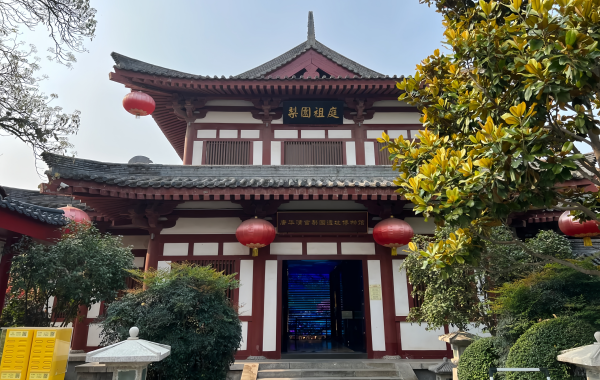
The Song Dynasty (960–1279) saw the rise of Zaju (杂剧), short plays combining songs and dialogue, often performed in teahouses.
The Yuan Dynasty (1271–1368), under Mongol rule, became the zenith of dramatic literature, with playwrights like Guan Hanqing (The Injustice to Dou E) and Wang Shifu (The West Chamber) crafting works that explored social injustice and romantic ideals.
The Ming (1368–1644) and Qing (1644–1912) dynasties witnessed regional styles crystallizing into distinct genres. Kunqu Opera, born in Jiangsu Province, dominated courts with its lyrical elegance, while Peking Opera emerged in the 18th century, synthesizing Hubei’s Han Opera and Anhui’s Hui Opera into a standardized form.
By the 20th century, reformers like Mei Lanfang modernized Peking Opera by introducing Western stage techniques and emphasizing character psychology, while adaptations used opera as propaganda during the "Model Operas" period (1960s–70s). Post-1980s, a revival of traditional styles coexists with experimental works, ensuring its dynamic evolution.
 Birthplace and Regional Roots
Birthplace and Regional Roots
Chinese Opera’s diversity stems from its adaptation to local cultures across China’s vast geography:
· Northern China: The arid plains of Shaanxi Province gave birth to Qinqiang (秦腔), known for its thunderous vocals and themes of loyalty and rebellion. In Hebei Province, Pingju (评剧) evolved from rural ballads, featuring relatable stories about common folk.
· Central China: Henan Province’s Yu Opera (豫剧) reflects the bold spirit of the Yellow River region, with high-pitched singing and tales of peasant resistance. Hubei Province’s Chuju (楚剧) blends local folk songs with Han Opera influences.
· Eastern China: Anhui Province’s Huangmei Opera (黄梅戏) originated as harvest songs, later incorporating Anhui’s gentle melodies. Zhejiang Province’s Yueju (越剧)—often confused with Cantonese Opera—features feminine vocals and romantic plots, popular among female audiences.
· Southern China: Guangdong Province’s Cantonese Opera (粤剧) integrates martial arts and elaborate headdresses, influenced by trade with Southeast Asia. Sichuan Province’s Chuanju (川剧) is famed for bianlian (face-changing) and tuohuo (fire-spitting), reflecting the region’s vibrant folk traditions.
· Coastal Regions: Fujian Province’s Min Opera (闽剧) and Gaojia Opera (高甲戏) incorporate puppetry and exaggerated humor, while Shanghai’s Huju (沪剧) blends urban ballads with modern themes.
Each genre’s music, dialect, and costumes reflect its environment—from the desert-inspired rhythms of Qinqiang to the water-like fluidity of Huangmei Opera.
 Core Genres and Regional Varieties
Core Genres and Regional Varieties
While over 360 regional styles exist, five dominate both popularity and artistic innovation:
- Peking Opera (Jingju, 京剧): The "national opera," born in 1790 when Anhui troupes performed for Emperor Qianlong. It standardizes roles, costumes, and repertoire, with classics like The Drunken Concubine and Farewell My Concubine. Its music combines xipi (frenetic rhythms) and erhuang (melancholic tunes), accompanied by jinghu (a two-stringed fiddle) and daruan (a moon guitar).
- Yu Opera (Henan Opera, 豫剧): The second most-watched genre, known for its piercing vocals and tales of female empowerment, such as Mu Guiying Takes Command. Performers like Chang Xiangyu popularized its "Henan shout" (haigao) style.
- Huangmei Opera (黄梅戏): Originating as Anhui folk songs, it gained fame through the 1959 film The Female Prince Consort, starring Yan Fengying. Its sweet, simple melodies contrast with Peking Opera’s grandeur.
- Sichuan Opera (Chuanju, 川剧): Famous for bianlian (using oiled masks to change faces mid-performance) and tuohuo (spitting fire using alcohol-soaked paper). Its humor often satirizes bureaucracy, as seen in The Robe of Authority.
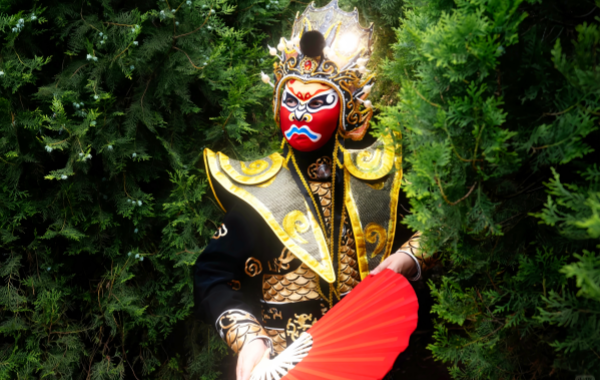
- Cantonese Opera (Yueju, 粤剧): Thrives in Guangdong and Hong Kong, blending martial arts choreography with elaborate costumes. Classics like The Purple Hairpin and Reincarnation of the Red Plum explore love and fate, while stars like Mui Yim-kong elevated it to international prominence.
- Other notable styles include Shaoxing Opera (Monkey King performances), Shaanxi Opera (powerful vocal techniques), and Tibetan Opera (ritualistic masks and Buddhist themes).
 Roles: Sheng, Dan, Jing, Mo, Chou
Roles: Sheng, Dan, Jing, Mo, Chou
Chinese Opera’s role system (hangdang) is a sophisticated framework defining character types through costumes, makeup, and performance styles:
Sheng (生): Male protagonists, subdivided into:
- Laosheng(老生): Elderly statesmen or scholars, with beards and reserved movements (e.g., Zhuge Liang in Empty City Strategy).
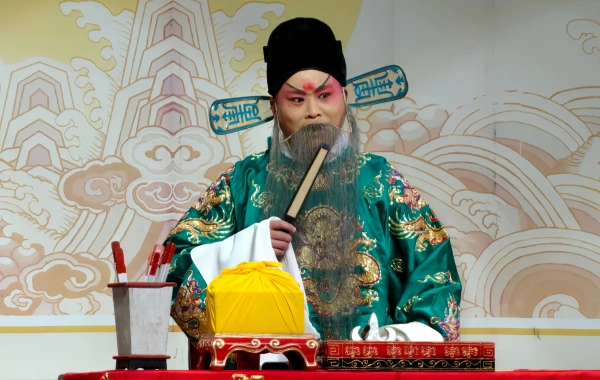
- Xiaosheng(小生): Young heroes, often romantic leads, distinguished by clean-shaven faces and agile movements.
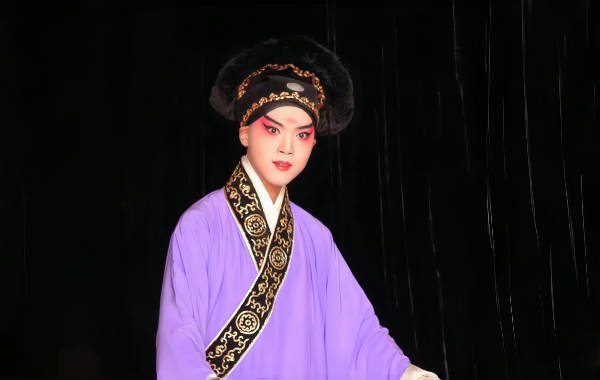
- Wusheng(武生): Martial artists, performing acrobatics with spears or swords (e.g., Zhao Yun in The Red Cliff).
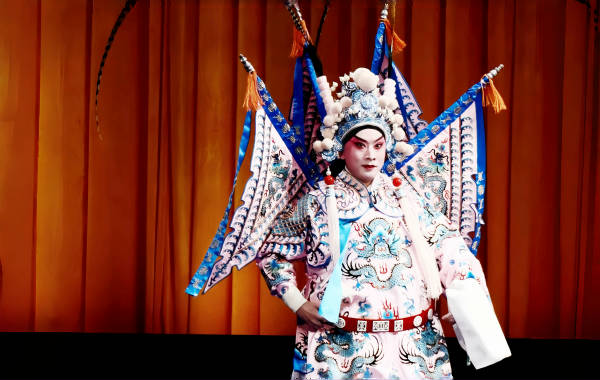
Dan (旦): Female roles, categorized as:
- Qingyi(青衣): Noblewomen, wearing long robes and singing in high-pitched, controlled tones (e.g., Wang Baochuan in The Injustice to Dou E).
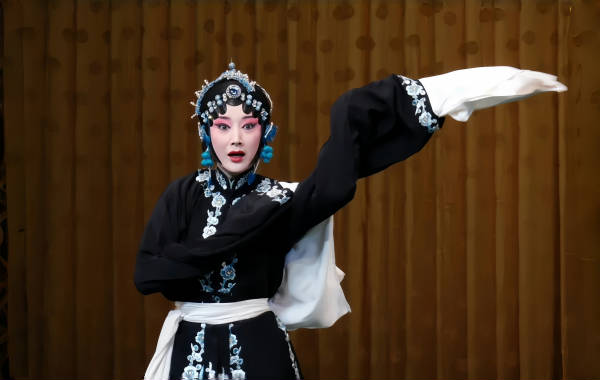
- Huadan(花旦): Lively maids or villagers, using exaggerated gestures and comical timing.

- Wudan(武旦): Female warriors, combining dance and combat (e.g., Hua Mulan in Mulan Joins the Army).
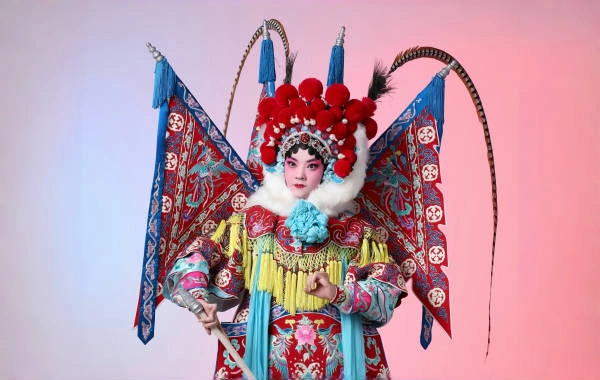
- Laodan(老旦): Elderly women, portrayed with hunched postures and trembling voices.
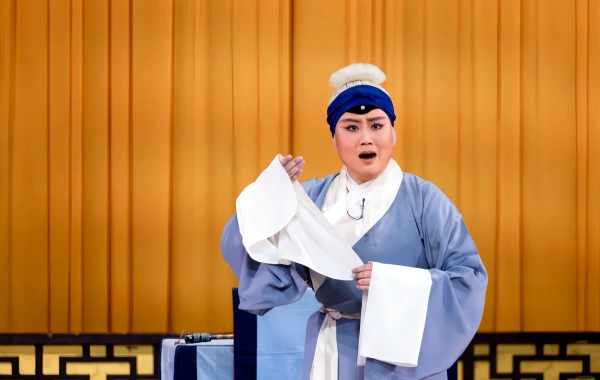
Jing (净): Painted-face characters, embodying strength or tyranny:
- Zhengjing(正净): Heroic figures with symmetrical patterns (e.g., Guan Yu, the red-faced god of loyalty).
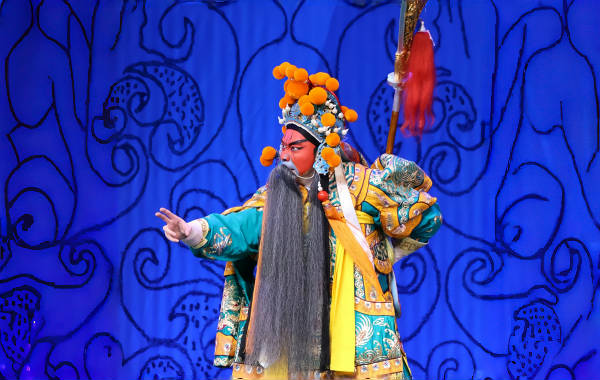
- Fujing(副净): Villains with chaotic, dark makeup (e.g., Cao Cao in The Romance of the Three Kingdoms).
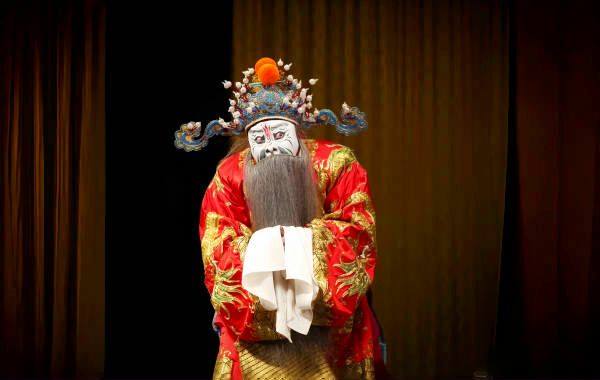
- Wu Jing(武净):Martial warriors with fierce and bold makeup, played are often brave generals on the battlefield or martial arts heroes in the martial arts world.(e.g., Zhang Fei in The Romance of the Three Kingdoms).
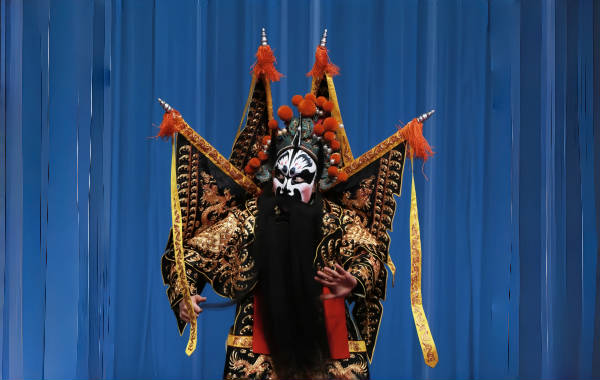
Mo (末): Play as a middle-aged or older man, mostly with beard. Original elderly male roles, now largely merged with sheng.
- Zhengmo(正末): The virtuous protagonist with dignified makeup (e.g., Cheng Yīng in The Orphan of Zhao).
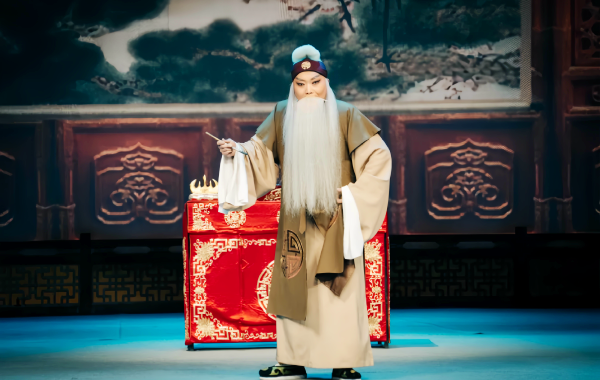
- Waimo (外末): The wise and loyal supporting male role with refined makeup (e.g., Lǔ Sù in The Romance of the Three Kingdoms).
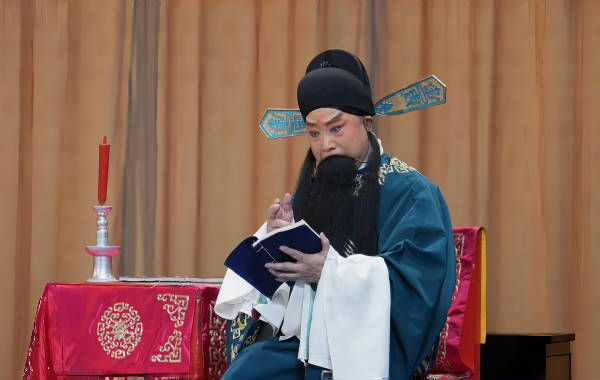
Chou (丑): Clowns or tricksters, recognized by white-painted noses or eyes. They provide comic relief but also critique social norms (e.g., the greedy merchant in The Merchant of Venice adaptation).
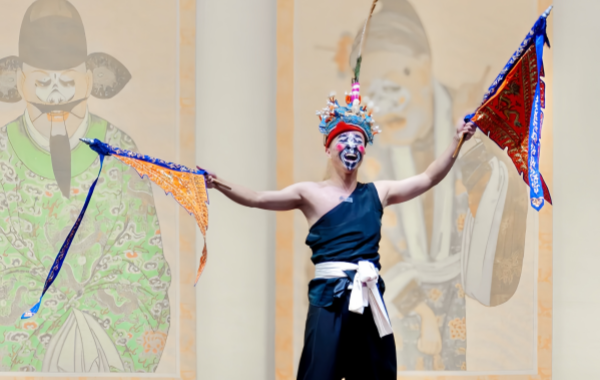
 Classic Repertoire
Classic Repertoire
Chinese Opera’s canon includes timeless works adapted from history, literature, and folklore:
l Peking Opera’s Empty City Strategy (空城计): Based on Romance of the Three Kingdoms, it depicts Zhuge Liang’s bold gamble to outwit enemy general Sima Yi by opening city gates and playing his lute calmly—a masterclass in psychological warfare.
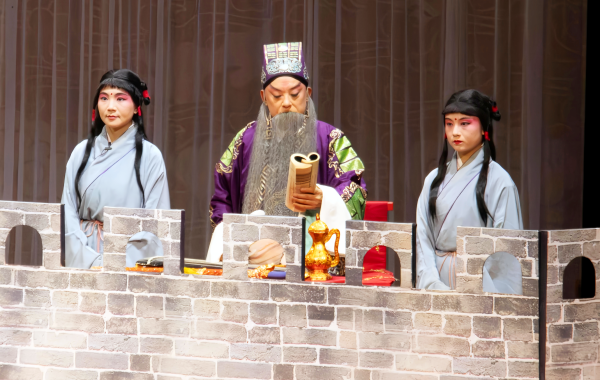
l Yu Opera’s Mu Guiying Takes Command (穆桂英挂帅): Celebrates a legendary female general who leads the Song Dynasty army against invaders, challenging gender norms centuries before feminism.
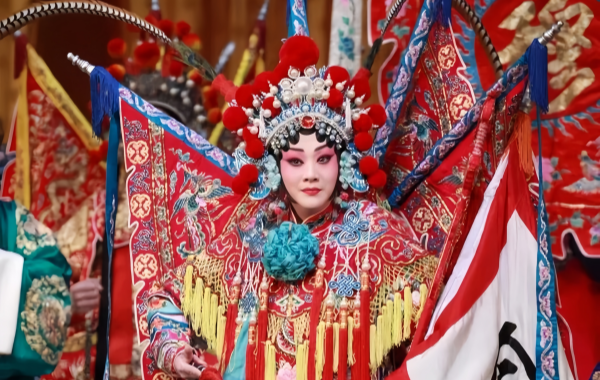
l Huangmei Opera’s The Female Prince Consort (女驸马): Follows Feng Suzhen, a scholar who disguises herself as a man to take imperial exams, only to fall in love with the princess she’s betrothed to—a twist on the Mulan narrative.
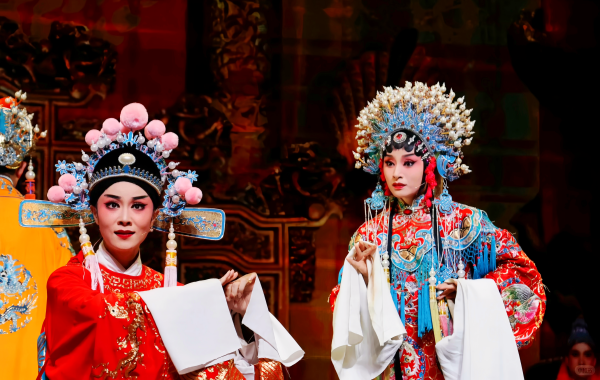
l Sichuan Opera’s Face-Changing and Fire-Spitting (变脸吐火): A showcase of technical virtuosity, where actors rapidly change masks to reflect emotions or summon flames by blowing alcohol-soaked paper.

l Shaoxing Opera’s Monkey King (美猴王): Adapted from Journey to the West, it highlights the mischievous deity’s battles with demons, using acrobatics and rubber masks for dynamic expressions.
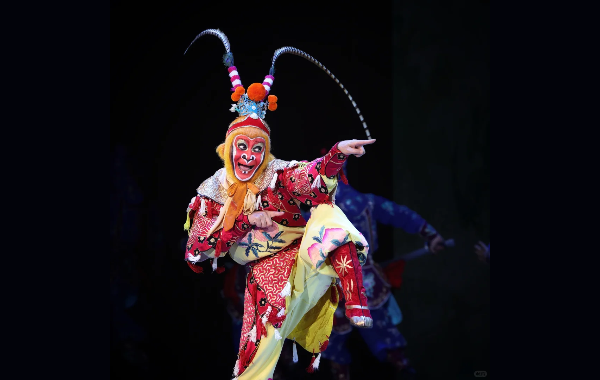
l Cantonese Opera’s The Purple Hairpin (紫钗记): A Tang Dynasty love story about a scholar who retrieves his lover’s lost hairpin, only to face separation and reincarnation—a tale of enduring devotion.
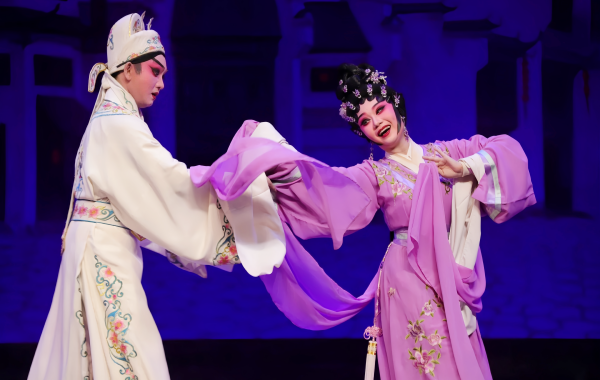
Other classics include The Butterfly Lovers (梁山伯与祝英台), a tragic romance akin to Romeo and Juliet, and The White Snake (白蛇传), a fantasy about a snake spirit’s love for a mortal.
 Schools and Master Artists
Schools and Master Artists
Chinese Opera’s legacy is preserved through lineages of masters and schools:
Peking Opera:
- The "Four Great Names": Mei Lanfang (Dan), Cheng Yanqiu (Dan), Xun Huisheng (Dan), and Shang Xiaoyun (Dan) revolutionized female roles. Mei’s "Mei School" emphasized subtlety and elegance, influencing global performers like Japanese Kabuki actor Utaemon Nakamura.
- Ma Lianliang (Jing): Famed for his portrayal of loyal generals, he developed the "Ma School" of painted-face techniques.
Yu Opera:
- Chang Xiangyu (1923–1993): Known as the "Queen of Yu Opera," she modernized Mu Guiying with realistic acting and powerful vocals.
- Chen Suozhen (1924–2011): Pioneered gender equality in Yu Opera by training female actors to play male roles.
Huangmei Opera
- Yan Fengying (1930–1968): Elevated the genre to national fame with The Female Prince Consort, blending folk simplicity with theatrical flair.
Cantonese Opera:
- Mui Yim-kong (1912–1989): A crossover star, she introduced Cantonese Opera to Hong Kong cinema, starring in over 200 films.
- Lam Kar Sing (b. 1933): Revived traditional wusheng roles with his martial arts expertise.
Sichuan Opera:
- Kang Zilin (1915–1984): Mastered bianlian, passing techniques to disciples like Peng Denghuai, who now performs internationally.
Schools like the "Four Great Families" of Peking Opera (Mei, Cheng, Xun, Shang) and regional academies ensure that these traditions endure, even as new generations experiment with fusion genres like rock opera or digital xiqu.
List of Chinese Opera
What Our Clients Say?
Based on 10,000+ traveler reviews






